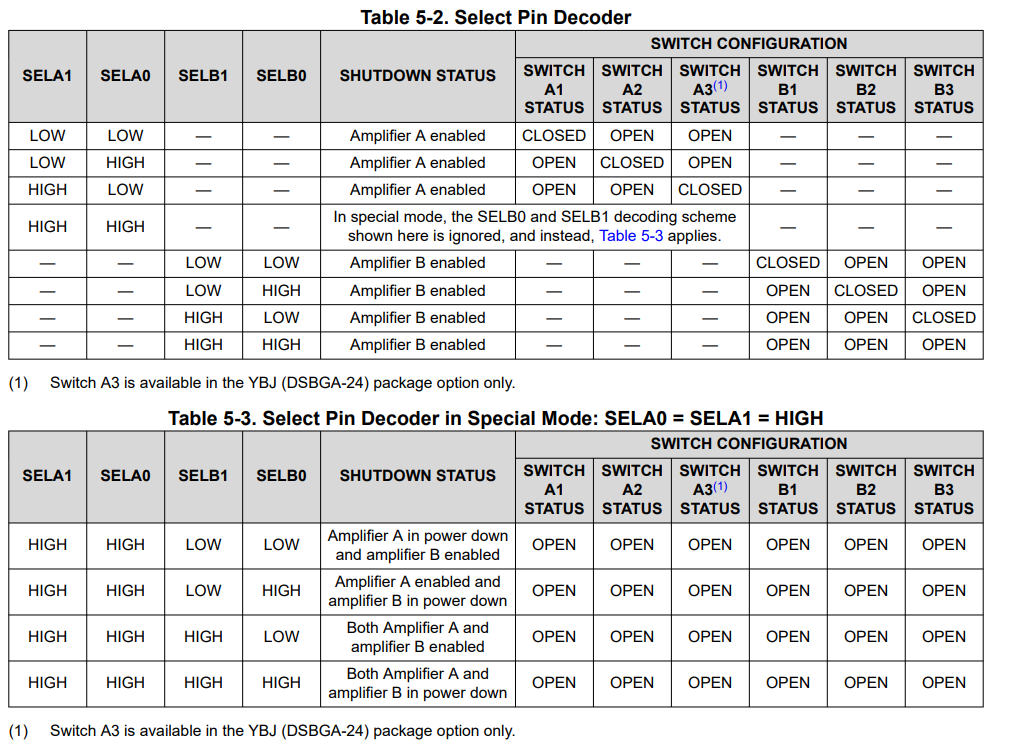Other Parts Discussed in Thread: OPA2328,
Hello,
I currently have an OPA2328 designed into a circuit, and I have a need for two very low leakage analog switches.
Being that the OPA3S328 is essentially a OPA2328 with analog switches built it, I'm very interested in using those low-leakage switches.
Other than being conscientious of not disabling the amplifier based on switch-inputs, is there any problem with using the analog switches in the OPA3S328 for functions unrelated to the amplifier itself? I assume that they are not intertwined in any way?
Thank You,
Ben




